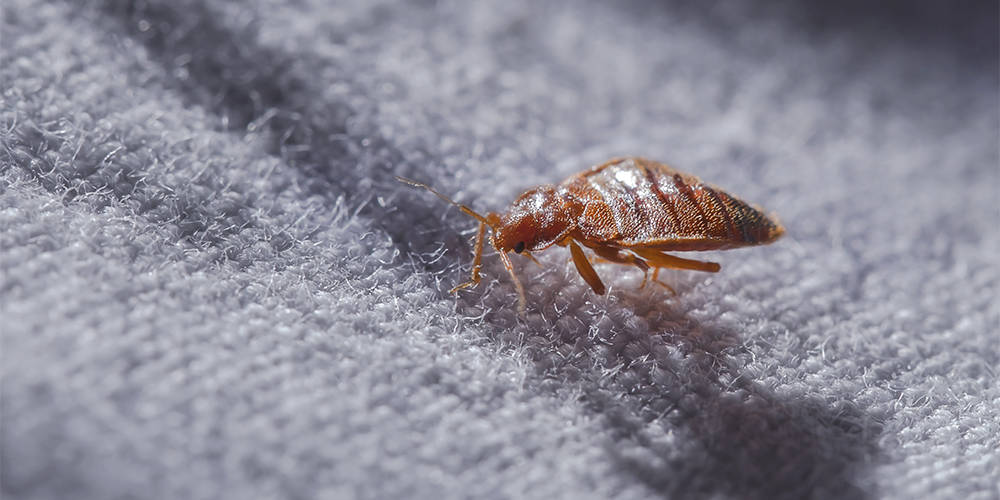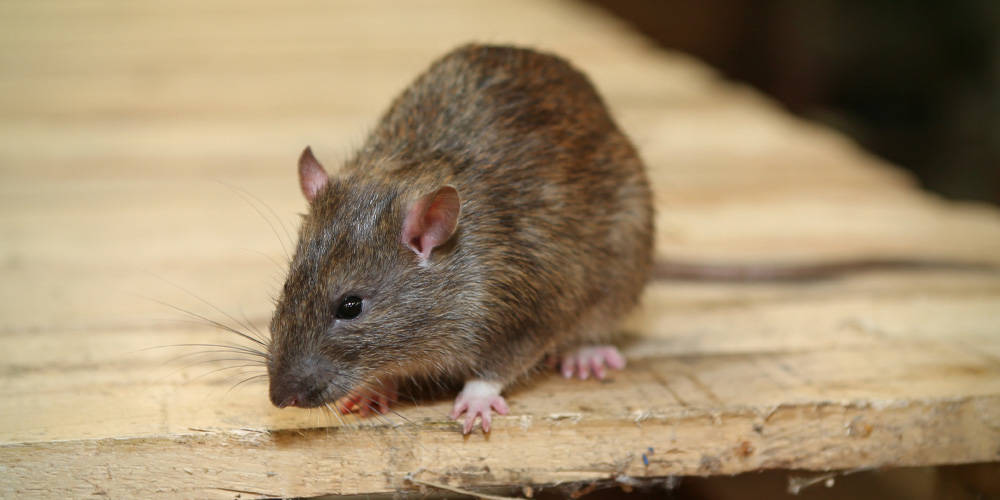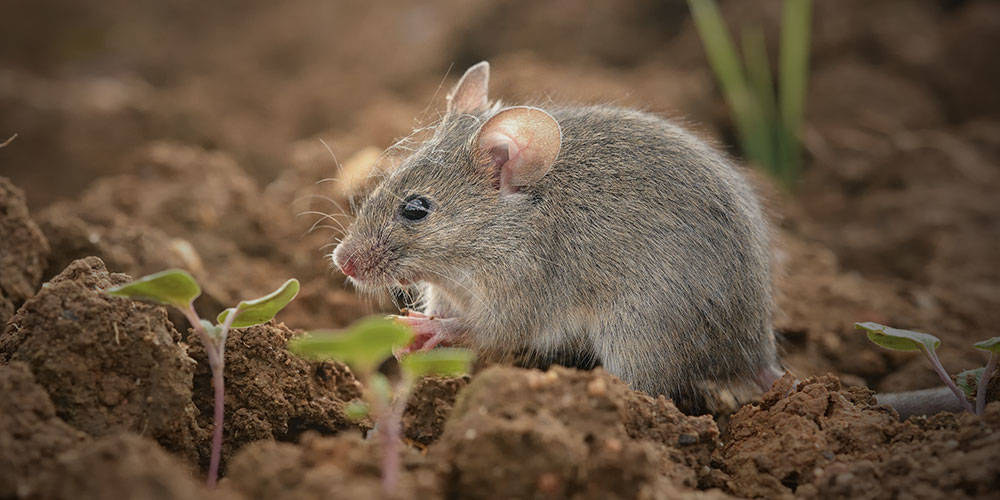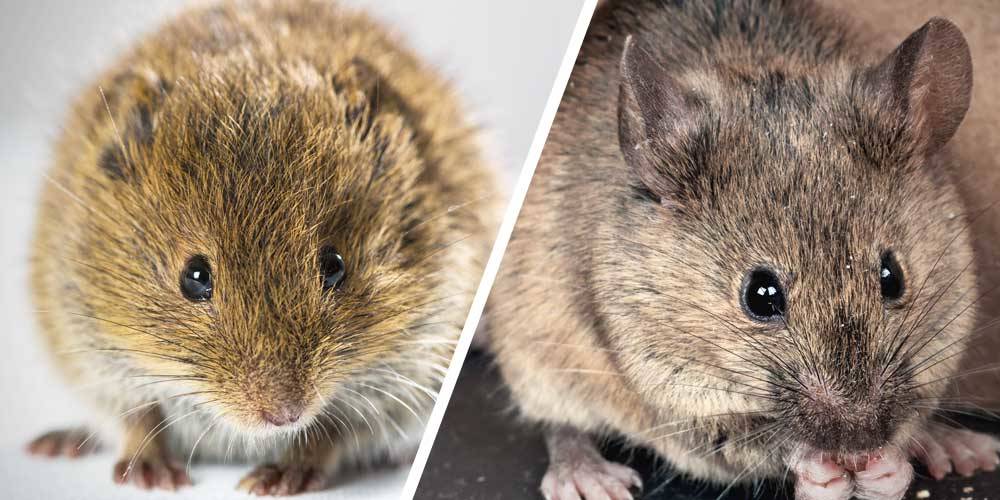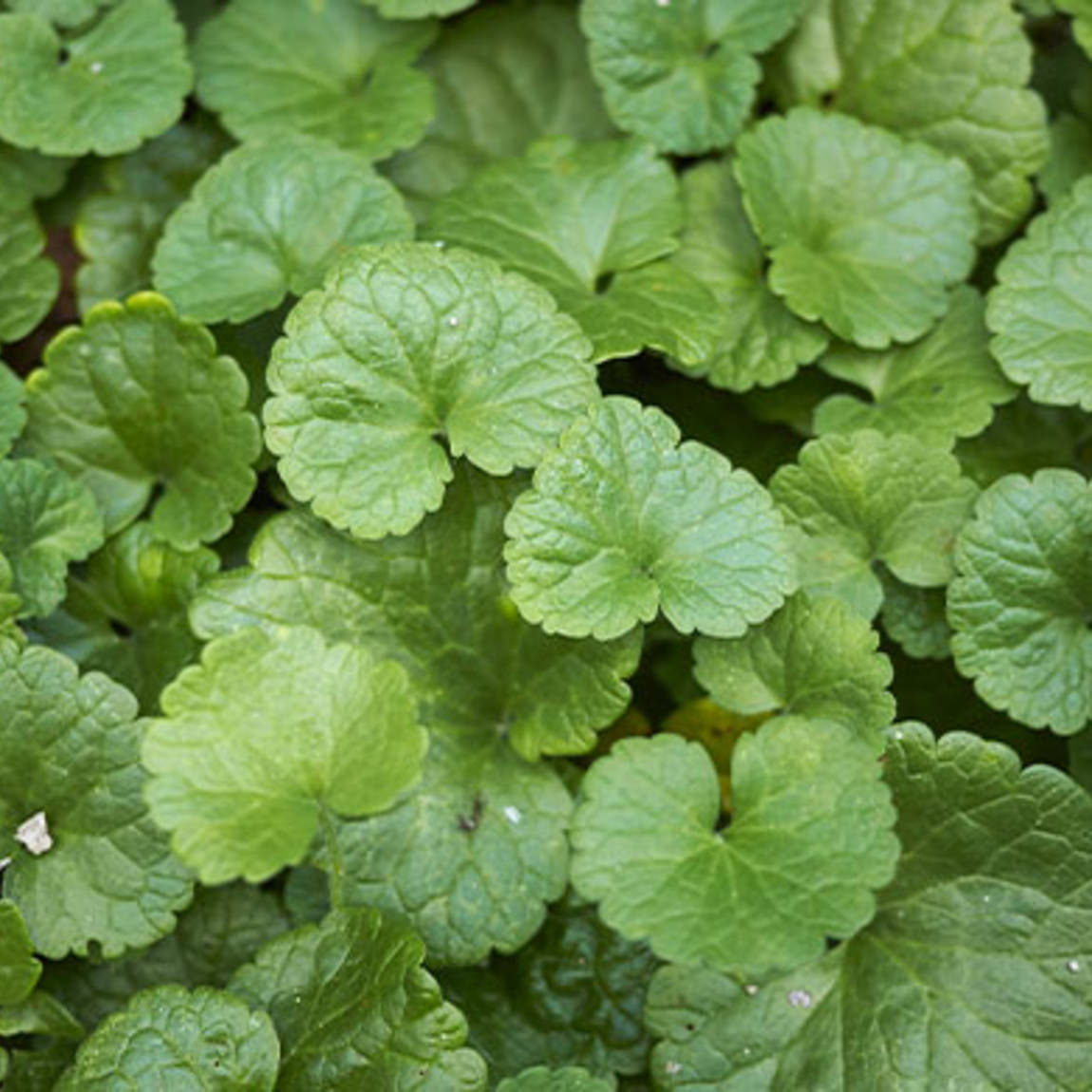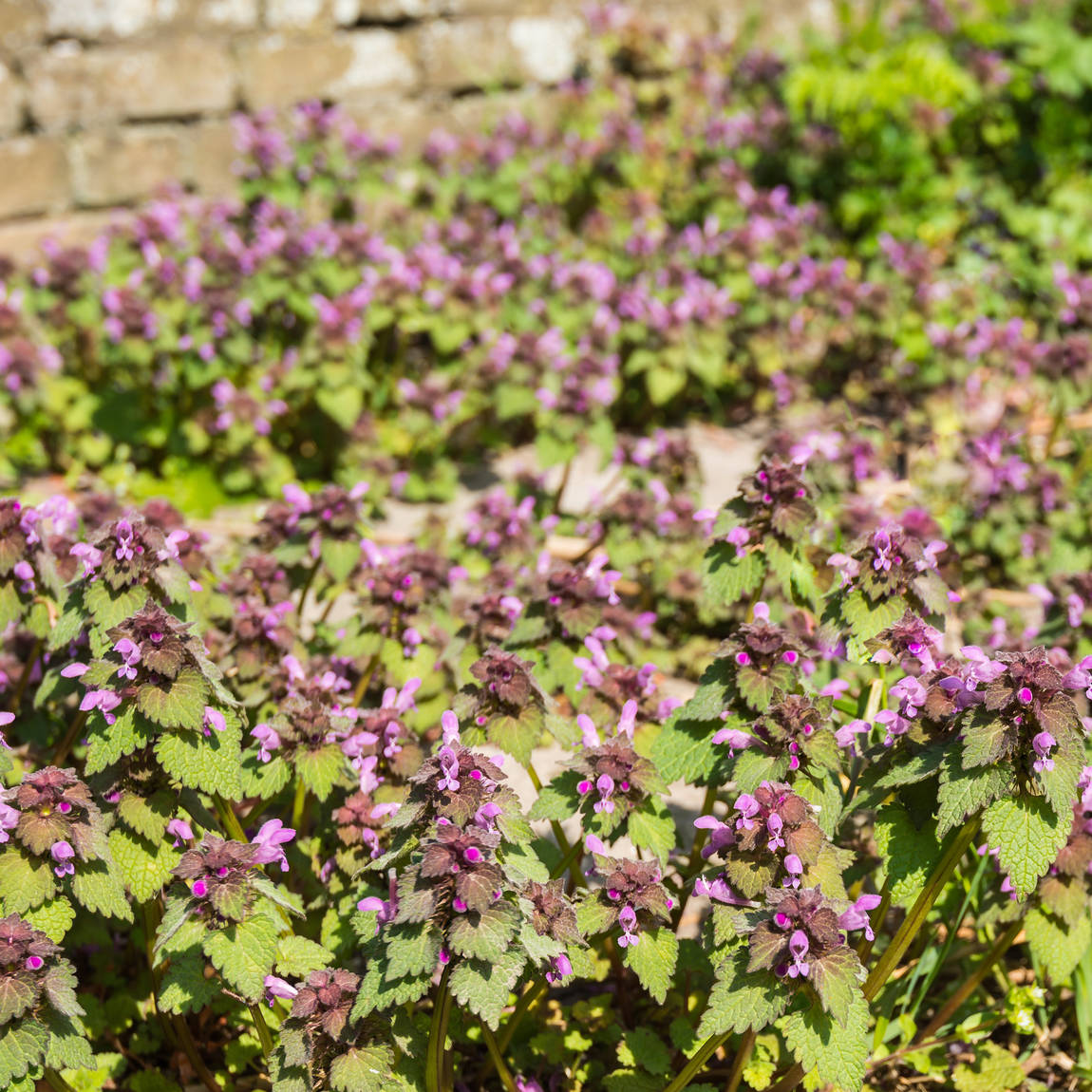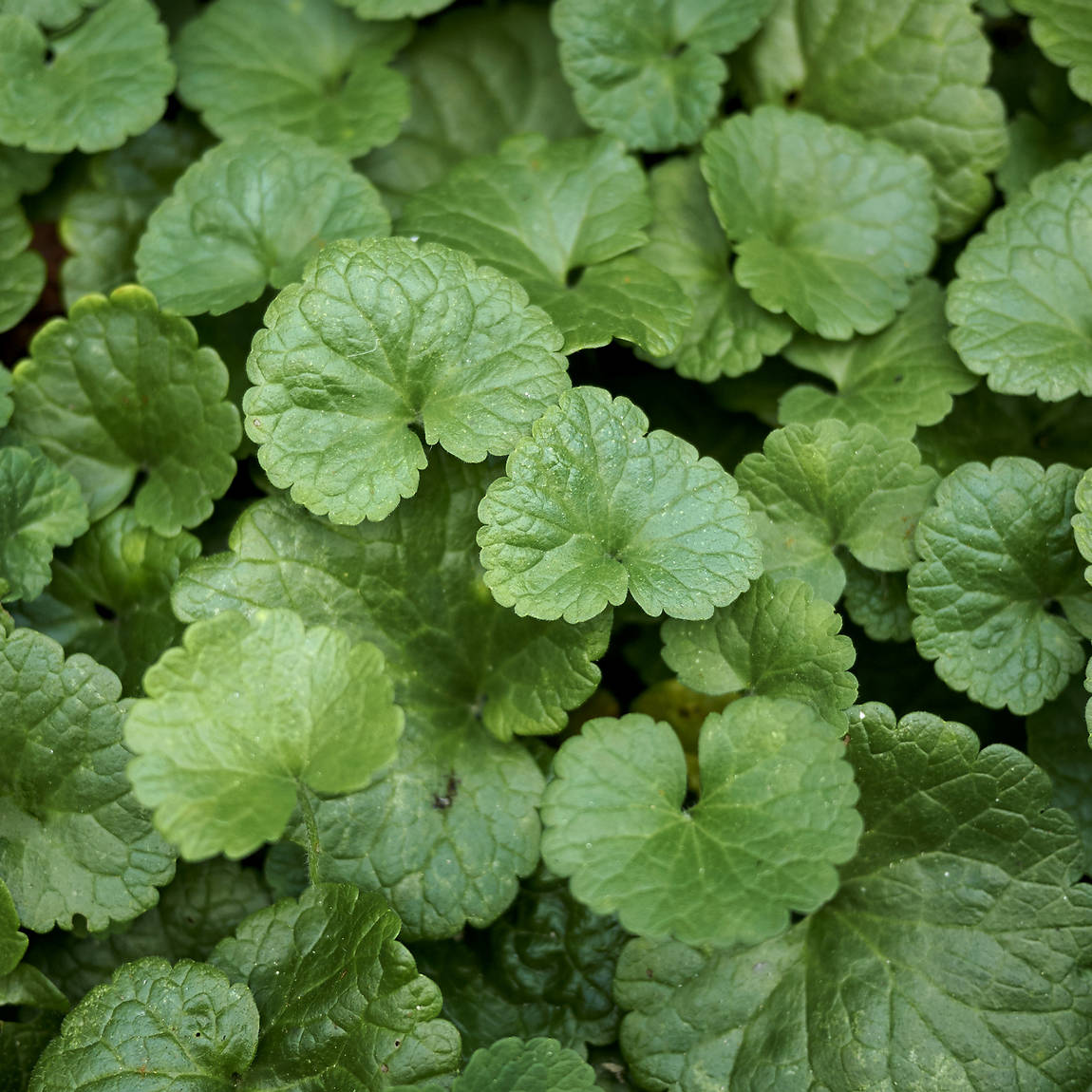Creeping charlie
General info
Creeping charlie is native to Europe, where it is an attractive and effective ground cover. Like most invasive plants, creeping charlie was introduced to North America with the best of intentions. Sadly, it has become one of the most despised of all lawn weeds.
You can tell creeping charlie is related to mint as soon as you get a whiff of the fresh, minty smell. Unfortunately, it also has mint’s rambunctious growth habits.
Identification and growth habits
Creeping charlie is a trailing, ground-hugging plant with round or heart-shaped, scalloped-edged leaves. It spreads by seed and by long vines that root at each node. You may know creeping charlie as creeping jenny, ground ivy, or cat’s foot.
Habitat
Creeping charlie likes shady, moist ground, often showing in flood plains and disturbed areas, including lawns. It grows nearly everywhere, with the exception of hot, arid climates.
Managing creeping charlie
- Maintain a healthy lawn; creeping charlie will happily invade a thin, weak lawn.
- Use a lawn mower bag because even tiny, chopped up pieces of roots can turn into pesky creeping charlie vines. Be sure not to dump the clippings on your compost pile – or anywhere else they might take root.
- Prune trees and tall shrubs to allow more sunlight onto your lawn.
- Hand-weeding may be helpful, but your hard work won’t provide much control if the weed has spread.
- Apply a broadleaf herbicide in fall when the plant is preparing to go dormant. At this time, creeping charlie is drawing nutrients from the ground to sustain itself through the winter months, and it will also suck up herbicides. You may need to treat weeds a second time again a couple of weeks later.
- Follow up with another application of broadleaf weed killer, if necessary when the plant is flowering in spring.
- Read labels carefully and be sure weed killers are registered for use against creeping charlie.

